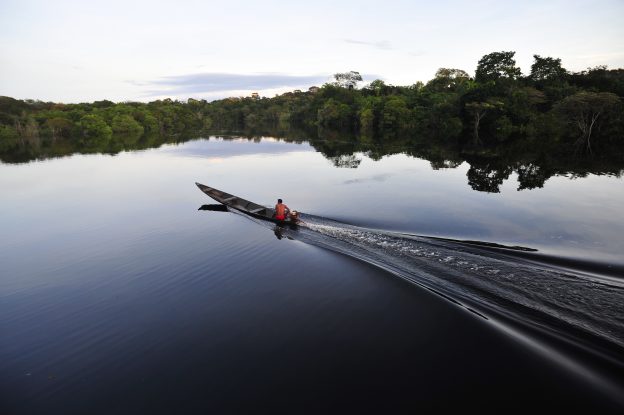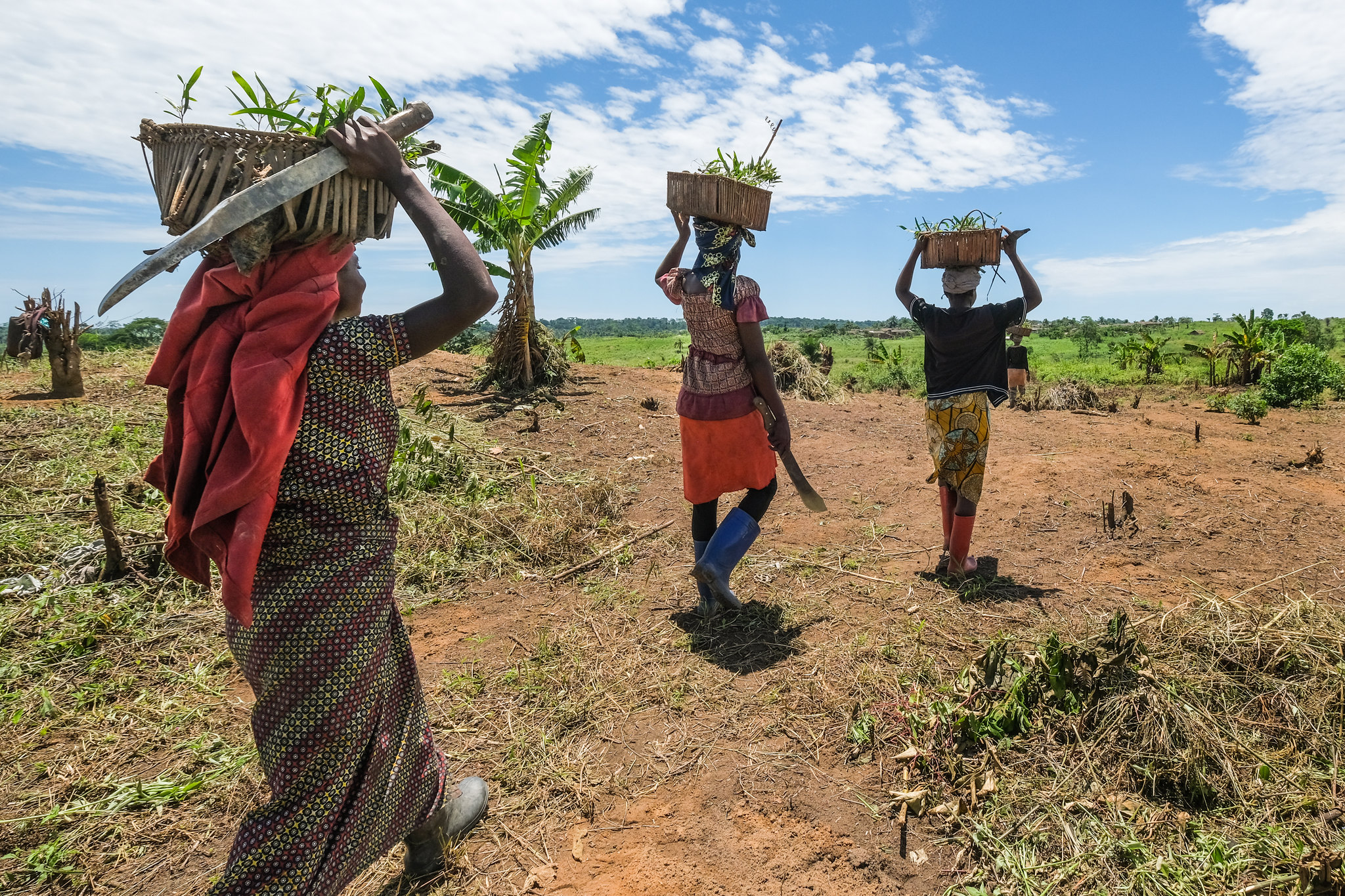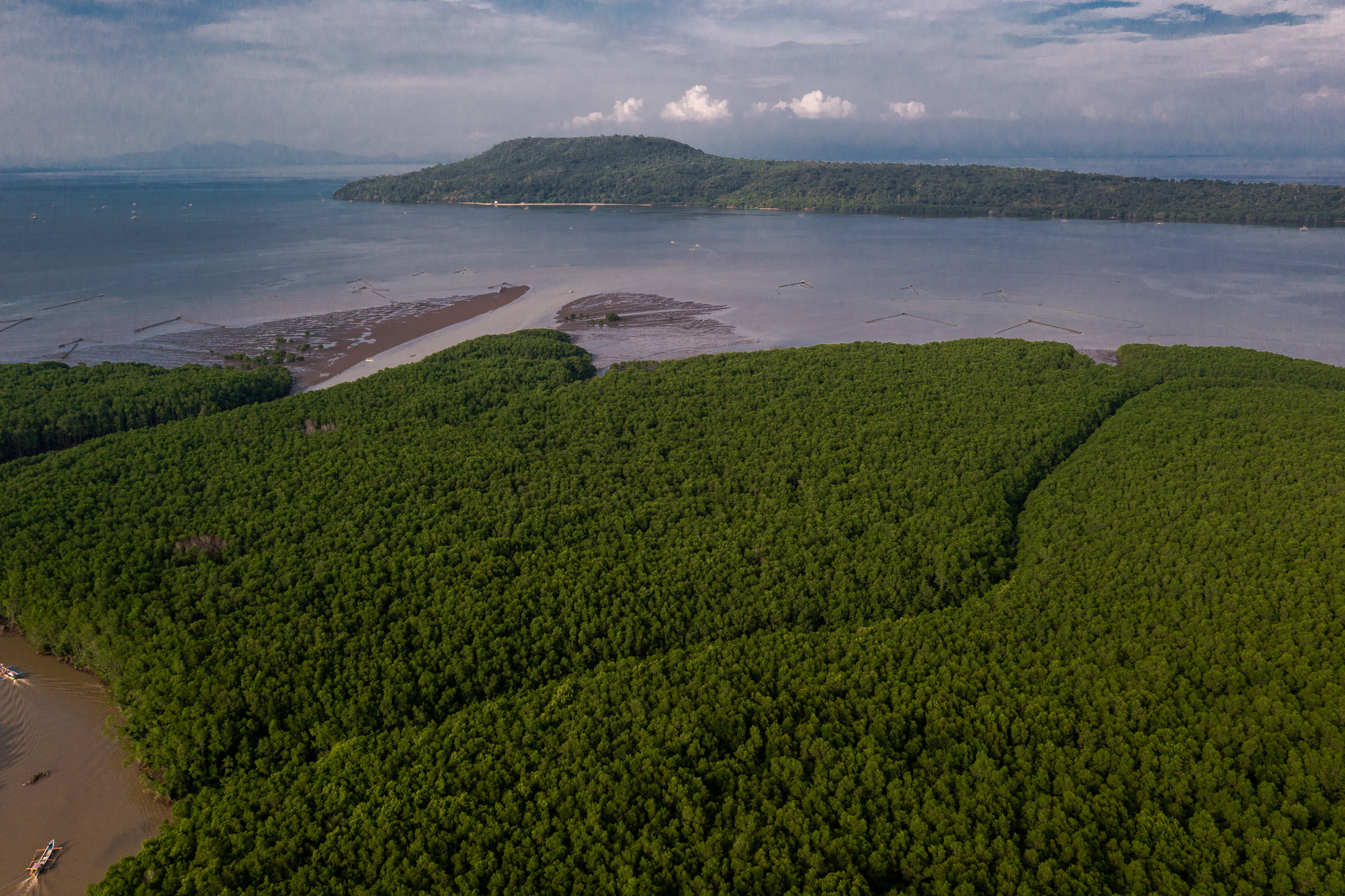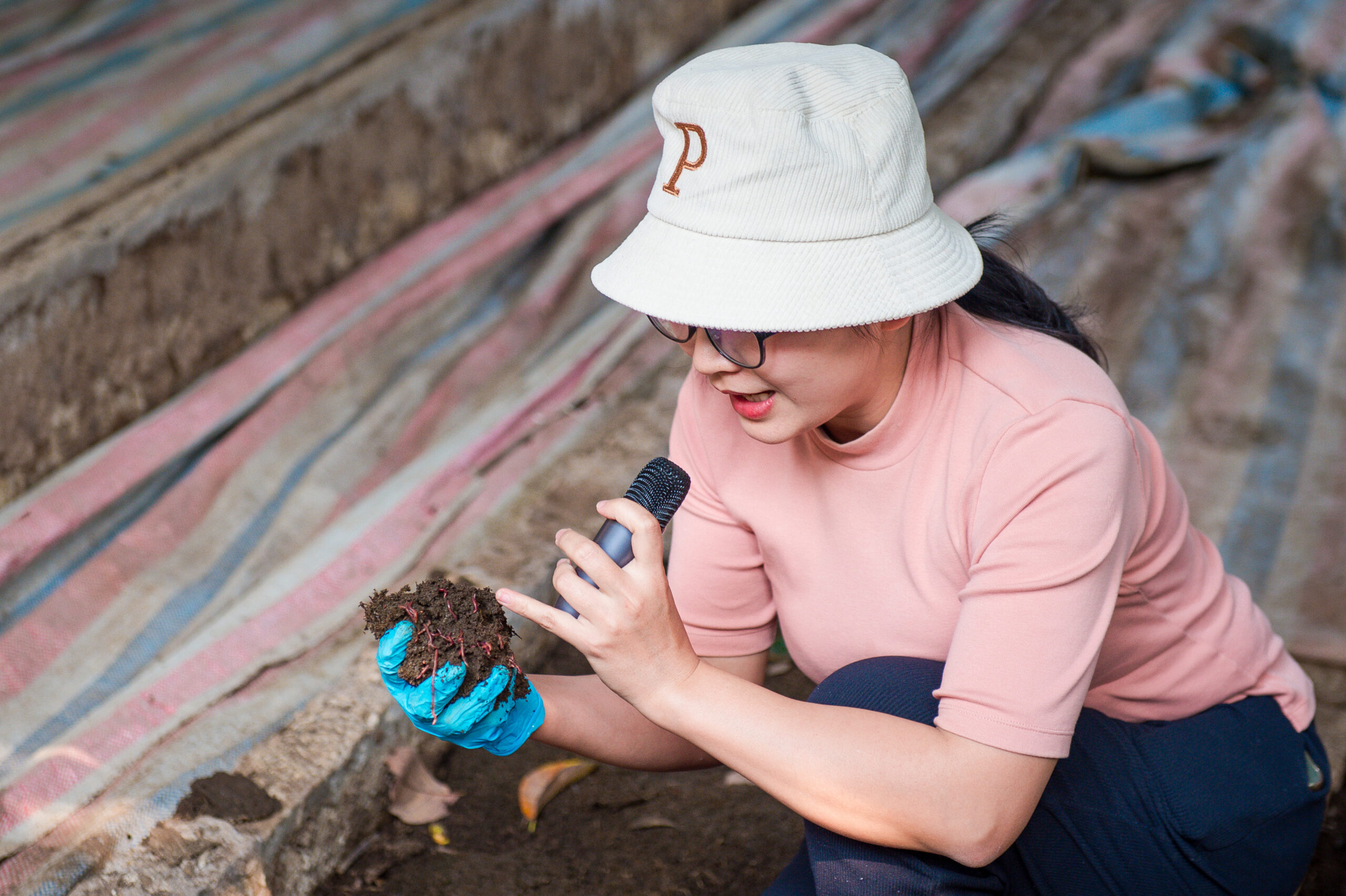Land degradation, when land becomes less healthy and productive due to human activities, natural conditions or a combination of the two, has profound global consequences. Degraded land yields less food, sequesters less carbon, absorbs and filters less water and sustains less biodiversity.
In 2015, the Economics of Land Degradation Initiative (ELD) estimated that USD 6.3–10.6 trillion worth of ecosystem services are lost every year, equivalent to 10–17 percent of global gross domestic product(GDP). “Even the lower estimate is more than five times the entire value of agriculture in the market economy,” the Initiative notes.Â
These losses hit hardest among women, youth, Indigenous Peoples, local communities and other people in vulnerable situations, who are also underrepresented in land use decision–making. For governments, the impacts stretch beyond ecology: degraded land, hampers food security, exacerbates inequality, spurs large-scale migration, causes conflict and can destabilize economies and social systems.
Given the severity of these impacts, the UN Decade of Ecosystem Restoration (2021-2030) aims to “prevent, halt and reverse the degradation of ecosystems on every continent and in every ocean”. The Decade is now at its halfway point, with much still to be done. Effective policies— designed for outcomes, embedded in context, integrated across levels and sectors and implemented well—will be critical. Cleared agricultural land in the Nebbou area, between Ouagadougou and Leo, Burkina Faso. Understanding land degradation is key to shaping effective policy pathways for ecosystem restoration.
A timely gathering in BonnÂ
In August this year, the European Association of Agricultural Economists (EAAE) gathered for its 18th Congress in Bonn, Germany. Top of their agenda was food system transformation to achieve global sustainability goals— and how agricultural economics can assist the agrifood system navigate conflicting and competing interests.  Â
The location was fitting. As a densely populated and highly developed country, Germany faces numerous land degradation threats, with 19 percent of its agricultural land already affected by very high soil erosion. Bonn itself is home to numerous organizations, conventions and funders focused on restoring land globally, including the United Nations Convention to Combat Desertification (UNCCD), the Global Landscapes Forum (GLF), the Center for International Forestry Research and World Agroforestry (CIFOR-ICRAF)’s Europe office, the University of Bonn’s Institute for Food and Resource Economics (IFRE) and the German Development Bank (GIZ). Â
On 26 August, representatives from these organizations, alongside an array of policymakers, researchers, restoration practitioners and business stakeholders, gathered for a pre-Congress workshop to assess current knowledge and gaps on the economic case for effective ecosystem restoration, as well as the policies that can help make it happen.
Four key learnings emerged from the event:
1. Policy design must balance and connect farmer realities with long-term visions
Farmers are primarily food producers. Asking them to shift toward being “landscape stewards” can create conflicts of interest, especially when families’ livelihoods—and national priorities such as food self-sufficiency—are at stake.Anja Gassner, CIFOR-ICRAF’s director of Europe, highlighted the scale of the challenge at hand, given inadequate carbon pricing and the difficulties farmers face in earning sustainable livelihoods from restored, multifunctional mosaic landscapes. “My assessment is that we do not have a viable business case for restoration at the moment,” Gassner said. “And I’m looking to all of you [i.e. the agricultural economists in attendance] to change this.” Â
During the groupwork component, participants stressed the importance of designing policies that account for challenges like fragmented land ownership, lack of monitoring and limited collaboration among smallholders. They discussed solutions, including establishing clear baselines, collaborating with local communities and Indigenous peoples on long-term visions that also address short-term needs, ensuring long-term financing, appointing a lead agency to coordinate restoration effortsand actively engaging a wide range of stakeholders.
2. Effective policy implementation requires resilient systems and political honesty
Given that restoration takes decades, enduring financial mechanisms are required to adequately support it. “Financial sustainability is often in conflict with short-term four or five-year electoral and policy cycles,” said Michiel De Bouw, a postdoctoral researcher at the University of Leuven. Policy coherence— both vertically, horizontally and across time—is an important piece of the puzzle. Â
“Working at the landscape (or seascape) level can support this,” said Victoria Gutierrez, head of global policy at Dutch nonprofit Commonland, “by negotiating trade-offs across land and water users, working across sectors and addressing root causes of degradation.” Â
That kind of integration can save governments considerable amounts of money., as Johannes Kruse, Cco-coordinator of the Economics of Land Degradation (ELD) Initiative, pointed out: that in Rwanda, studies showed 15 percent% cost savings from integrating efforts across environmental conventions,. I while in Central Asia, the savings were even higher atreached 24%percent, representing USD 6.2 billion in value through 2050.Yet improving policy coherence isn’t simply a neutral, technical exercise: rather, “there is an important political dimension,” said De Bouw.Yet, as De Bouw noted, improving policy coherence is not just technical: “Integrating policies for who and for which purpose is actually something that we tend to overlook too much.”Â
3. Technology can help or hinder restoration, depending on how it’s applied
Technology is transforming restoration, particularly through developments in fields like remote sensing, econometrics, robotics and machine learning. These tools facilitate large-scale real-time monitoring, improve productivity and provide better data for decision-making.But the group discussions also revealed major limits and risks, such as high costs, increasing inequalities, overreliance and misinterpretation. As one discussion group representative explained, growing impetus towards efficiency can lead to “market concentrations, meaning that some small farmers are driven out of the market.” Â
Hinrich Paulsen, co-founder of geo-information company Mundialis, presented ESMERALDA, a French-German startup that combines community engagement with advanced technology.Their Starter fund engages local communities and designs bankable projects, while their Tracker platform leverages advanced satellite data to monitor vegetation, soil conditions and infrastructure.
“Looking ahead, new missions will provide even more powerful tools,” Paulsen said.
4. Local perspectives can make or break restoration
The group discussing local perspectives emphasized that policies and market standards developed in donor countries often create unintended consequences for producers in the Global South. Farmers frequently shoulder hefty costs for meeting changing standards, certifications and policies from donor countries, such as the European Union Deforestation Regulation. Those who cannot meet such requirements risk being excluded entirely. Â
At the same time, participants pointed to the potential of “tailoring policies locally and of producer countries beginning to set their own standards, even if these are not yet widely accepted. A bottom-up approach through representatives and local NGOs may also help ensure that policies are grounded in local realities.” Â
As Emmi Riikonen, GLF’s head of digital communications, observed, “collaborative care and Indigenous-led stewardship” are key for effective governance. “Restoration only works when social participation is in the centre,” she said.Â
Restorative futures
As the impacts of land degradation begin to bite across the planet, the Bonn workshop showed that restoration economics cannot be reduced to simplistic cost–benefit ratios: it also requires inclusive governance frameworks that are politicallyfeasible, locally grounded and sustainable over time. With the UN Decade now at its halfway point, these lessons must help chart future policy pathways. Â











